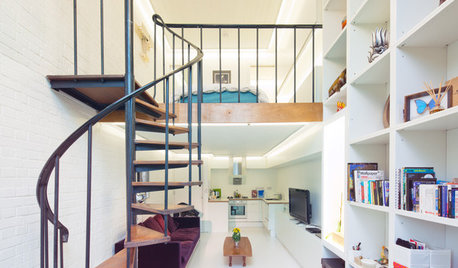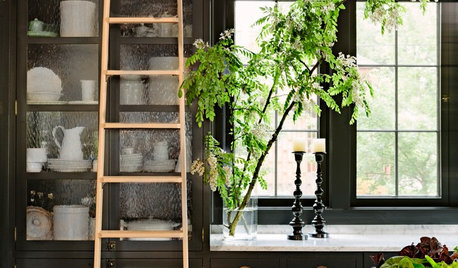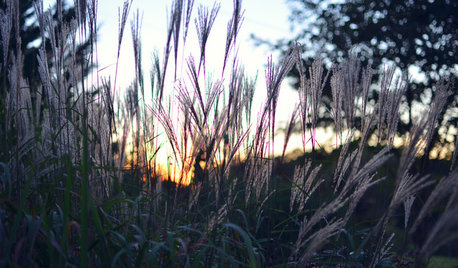adding to compost pile
stevie
8 years ago
last modified: 8 years ago
Featured Answer
Sort by:Oldest
Comments (14)
toxcrusadr
8 years agoRelated Discussions
Should I stop adding to my compost pile?
Comments (5)My pile gets hot occasionally. But for the most part, I have a cold compost system. Does anyone ever have enough compost? ;-) My garden plot is probably smaller than most, its just 10 x 10. I intentionally keep it small because I don't have a lot time or sunshine (shady lot). It took a long time to get a good first batch (cold composting is slow), but now that I have a continuous operation, I get at least two or three wheelbarrows full, twice each year. I do have a screen that sets on top the wheelbarrow when I am shoveling out finished stuff, to help screen out unfinished stuff. My bin is 4' x 4' x 4'. I bought two 8' prefab fence panels from Menards and cut them in half and then hinged them together. I stapled chicken wire to the inside. The entire thing will fold flat, if I want to move it. The hinges allow me to open one or two sides. Here are a couple pics:...See MorePlace Large Ice Plant in Compost
Comments (2)Thank you Kimmsr for the quick response and your answer lessens my concern. I do have a large amount (over 100 lbs easily) since I am clearing an area overgrown by this plant. I am chopping it up spreading it out to dry and will add a little at a time. Thanks....See MoreMOLDY organic matter - can it be added to a compost pile?
Comments (1)Ooooops! My apologies, I posted to the wrong forum, hehe...See MoreWhat should not be added to a compost pile?
Comments (0)Meats (including poultry, seafood), dairy, bones, fatty foods such as peanut butter, mayonnaise, lard) diseased plants, human or pet feces (including kitty litter) should not be added to a compost pile....See Morestevie
8 years agolast modified: 8 years agofloral_uk z.8/9 SW UK
8 years agorgreen48
8 years agolast modified: 8 years agofloral_uk z.8/9 SW UK
8 years agotoxcrusadr
8 years agostevie
8 years agolast modified: 8 years agorgreen48
8 years agoLloyd
8 years agotoxcrusadr
8 years ago
Related Stories

GARDENING GUIDESGet on a Composting Kick (Hello, Free Fertilizer!)
Quit shelling out for pricey substitutes that aren’t even as good. Here’s how to give your soil the best while lightening your trash load
Full Story
DECORATING GUIDESPile On the Pillows and Blankets for Fall and Winter Warmth
Learn how to layer sofa accents to get the most comfortable feel without sacrificing style
Full Story
ORGANIZINGHelp for Whittling Down the Photo Pile
Consider these 6 points your personal pare-down assistant, making organizing your photo collection easier
Full Story
MATERIALSVelvet Shows Piles of Playfulness
In a dashing array of eye-candy colors, velvet lightens up on chairs, ottomans and sofas
Full Story
GREAT HOME PROJECTSWhat to Know About Adding a Reclaimed-Wood Wall
Here’s advice on where to put it, how to find and select wood, what it might cost and how to get it done
Full Story
MOST POPULARWhat to Know About Adding a Deck
Want to increase your living space outside? Learn the requirements, costs and other considerations for building a deck
Full Story
REMODELING GUIDESAsk an Architect: How Can I Carve Out a New Room Without Adding On?
When it comes to creating extra room, a mezzanine or loft level can be your best friend
Full Story
MOST POPULARThe 25 Most Popular Photos Added to Houzz in 2013
See the newly uploaded images of kitchens, bathrooms, bedrooms and more that Houzz users really fell for this year
Full Story
FURNITUREAim High: What to Know About Adding a Library Ladder
Have books or shelves out of reach? Here’s how to get a library ladder that works just right for your needs
Full Story
GARDENING GUIDESMid-Atlantic Gardener's November Checklist
Winding down for winter means prepping, potting, piling and picking an indoor solution for daily compost
Full Story0






kimmq